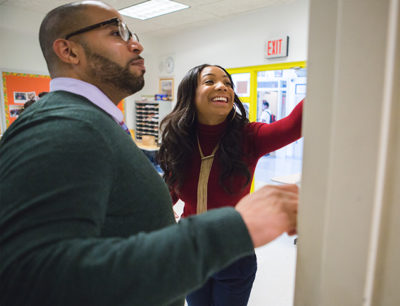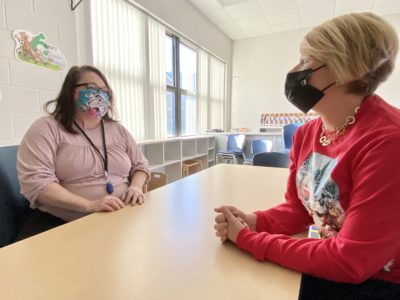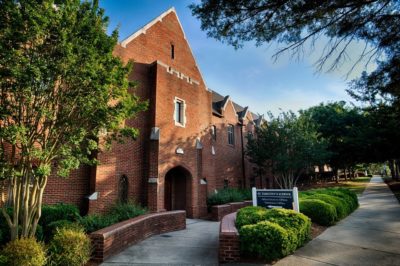
After more than two years of pandemic schooling, many of us are unsure what to call this next phase as restrictions are relaxed and protocols shift. Calling this a “return to normal” isn’t accurate, since COVID-19 is still very much present. However, calling it “the new normal” underestimates the likelihood that this phase, too, will probably shift to something new that we can’t yet predict. Ultimately, the best descriptor I’ve heard is “the next normal” — something that likely will be replaced by the next “next normal” after this one.
So how are we to navigate this next normal? Where should our priorities lie?
Every child’s education has been disrupted by the pandemic, and many children may be behind on academic benchmarks and have skills gaps that must be addressed. It’s understandable, then, that our first instincts might be to focus intensely on remediation strategies, academic boosters, and intervention work.
Alternately, many of us were forced to pause our important “to-do” lists in early 2020 — new curricular initiatives and programs or crucial training and professional development that would benefit our students. For the last two years, we’ve promised people — even ourselves — that we’d get back to those plans and priorities as soon as possible. If not now, then when?
While all of this work is necessary and important, I believe there’s an even more urgent priority for our schools at this moment. It might be compared to the flight attendant’s instructions any time we’re about to take off: in the event of emergency, first put your oxygen mask on, and then attend to your child.
Even more than immediately pouring ourselves into essential skills and academic remediation work or implementing that new curriculum or program we’ve delayed for too long, we must first do whatever is necessary to ensure we’re offering an energized, connected, joyful school community.
It’s important to acknowledge that all of the adversity we’ve faced over the last few years has created resilience and confidence within our communities as we reflect on the seemingly impossible challenges we kept finding ways to overcome. It’s deepened and strengthened relationships within small teaching or administrative teams who worked closer together “in the trenches” than ever before. The praise and gratitude for our efforts has been gratifying and reaffirming, too.
On the other hand, we’re exhausted. Just making it to a Friday afternoon every week for each of the last two years felt like a victory, and getting out of bed on Monday morning never felt quite so daunting. And it’s not just that our “energy tanks” are empty, either. Someone recently pointed out to me that our “empathy tanks” are empty, too. Patience and grace are harder to come by, and anger and frustration bubbles much closer to the surface for many of us these days. There is less joy in our work than there was in 2019.
In addition, even for those of us who were fortunate to continue with on-campus schooling, the COVID safety protocols of the last two years often forced us to operate in silos and severely limited our ability to form relationships with colleagues down the hall or in the other building on campus. Meanwhile, limitations on school visitors and cancelled community events prevented the formation of relationships with parents and families on which trust and authentic communities are built.
So in this next normal, we must prioritize recharging, reconnecting, and rediscovering the joy in our work and relationships. It’s not a misguided priority; it’s us putting the oxygen mask on so we’re then able to attend to our children. This is essential in offering our students the communities they need and deserve right now.
At my school, we’ve been intentional this spring to squeeze into our busy calendars every possible event that will bring parents into their child’s classrooms — poetry presentations, donuts with dads, Mother’s Day tea, biography night, parent guest readers, “community helpers” career-focused guest lessons by parents, and much more. Our parents’ association is adding a community night and food truck rodeo on campus in May. The response from our families has been overwhelming.
Meanwhile, for our teachers and staff, on a recent professional development day, we welcomed a “school culture coach” who facilitated a full morning of simple and often hilarious games and activities that we played together — all of us together, including our teachers, facilities team, front desk secretary, senior administrators, finance office staff, and more. We concluded it in the afternoon with karaoke and a happy hour. When we announced our plans for the day, several colleagues were understandably skeptical that this would the best use of their time — and two years ago, I would have readily agreed. However, afterwards, the feedback was overwhelming that it was the most beneficial professional day we’ve ever offered.
Much as with the last two years, there are many unknowns about this “next normal.” One certainty, though, is that vibrant, connected, joyful school communities will be essential — and not just for our students, but for all of us.




